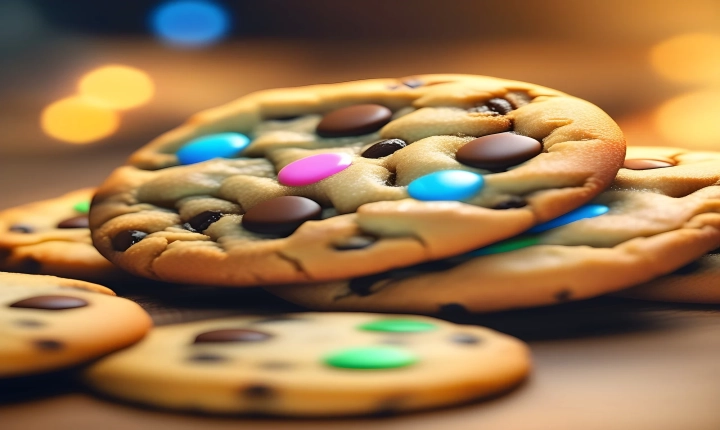AI Art: Exploring the Intersection of Creativity and Technology
In the modern era of technological advancements, the intersection of art and artificial intelligence (AI) has sparked a fascinating debate about the implications of AI-generated art. With the rise of AI technologies, particularly in the realm of generative adversarial networks (GANs) and deep learning algorithms, the boundaries of creativity and authorship are being redefined. One of the key questions that arises from this debate is whether AI art should be considered as a form of digital art.
Digital art is broadly defined as any artistic work that utilizes digital technology in its creation or presentation. This can encompass a wide range of artistic practices, including digital painting, 3D modeling, animation, and interactive installations. AI-generated art, on the other hand, involves the use of algorithms and machine learning techniques to produce art, often blurring the lines between human and machine creativity.
Proponents of considering AI art as a form of digital art argue that the use of AI technologies embodies the spirit of digital art by leveraging digital tools and platforms to create new forms of artistic expression. They point to the innovative ways in which AI can generate complex and visually striking artworks that challenge traditional artistic conventions. Moreover, the ability of AI to process and analyze vast amounts of data can result in artworks that reflect diverse cultural influences and styles, pushing the boundaries of traditional artistic practices.
On the other hand, critics raise concerns about the role of human agency and intentionality in AI-generated art. They argue that while AI can produce compelling visual outputs, the lack of human emotional, intellectual, and cultural context in the creative process diminishes the authenticity and depth of the artworks. They contend that true artistry stems from the unique perspectives, experiences, and emotions of human artists, and that AI-generated art, in its current form, fails to capture this essential human element.
Furthermore, the question of authorship and ownership becomes a contentious issue in the context of AI art. With AI algorithms creating artworks, the conventional understanding of the artist as the sole creator is challenged. This raises legal and ethical questions about intellectual property rights, as well as the commercialization and commodification of AI-generated artworks.
In light of these debates, it is essential to recognize the potential of AI art as a dynamic and evolving field that supplements traditional artistic practices. By embracing AI as a powerful tool for artistic exploration, creators have the opportunity to push the boundaries of visual expression, experiment with new forms of creativity, and engage with audiences in innovative ways.
Ultimately, the classification of AI art as digital art is a matter that requires a nuanced and inclusive approach. It entails an open dialogue between artists, technologists, scholars, and the broader public to navigate the complex ethical, aesthetic, and conceptual dimensions of AI-generated art. The evolving landscape of AI art offers a unique opportunity to expand our understanding of creativity, challenge preconceived notions of authorship, and foster a deeper appreciation for the ever-evolving relationship between art and technology. As the boundaries between human and machine creativity continue to blur, the emergence of AI art invites us to rethink and reshape our perceptions of what constitutes artistic expression in the digital age.
